Say hello to my little Samoca rangefinder. “Sa-MO-ca!” Fun to say, isn’t it? Made around 1957, it was part of a wave of new cameras made by new marques that had suddenly appeared in post-war Japan as quickly as they would disappear in the following decade or two. She doesn’t do you the courtesy of introducing herself with any real labeling, so I had to do some digging to learn that this is a rather rare Super 28XLM. No Butkus PDF for this one! The LM stands for light meter, which is of the selenium type and “dual range” – i.e. flap up, high sensitivity, flap down, low sensitivity – and the only way to turn the damned thing off is to put it in a drawer. Surprisingly, the meter on mine still works and appears pretty accurate when compared to the reading from my Canon DSLR. I haven’t been able to find anything about the anatomy of the lens. I don’t know if it’s a triplet or what. I’m guessing it is. Some kind of purplish coating is visible and the glass is in great shape – no fungus, haze or anything else – in fact the vintage press-on Tiffen filter that preserved the lens in this condition was one of the minor details that convinced me to purchase it. It came in its case too. From the photos I’ve seen of other examples of this model, it’s not unusual for the meter covers to fall off. On my specimen, it was lovingly replaced with a charming homemade job, complete with quaintly unevenly drilled holes and strips of felt glued on as bumpers. All this made it seem like a previous owner really cared about this little unit.
The model I actually wanted was one with an Ezumar 2.8 lens without a light meter. I feel like the meter inelegantly protrudes from the body with its high concentration of sharp corners and generally clutters up its look; plus it will eventually fail and I don’t like carrying around dead weight/extra size when the point of the whole thing is that it’s supposed to be compact. But in over two years of hunting the typical G.A.S. haunts prior to my purchase, I’ve never seen a meterless 2.8. Not even when looking through the “sold” units on eBay. So, for $86, I pulled the trigger.
I kept watching, though… There were several meterless units with the 3.5 lens. My desire for clean lines paired with the fastest lens option got rather out of hand. I actually even considered also buying the 3.5 version just to find out if it was possible to swap lenses to make the camera I wanted. Once I recognized this for the mental problem that it was, I decided to be happy with what I had and go shooting. I think that’s a pretty good approach to life, in general – and that’s what cameras are actually for anyway.
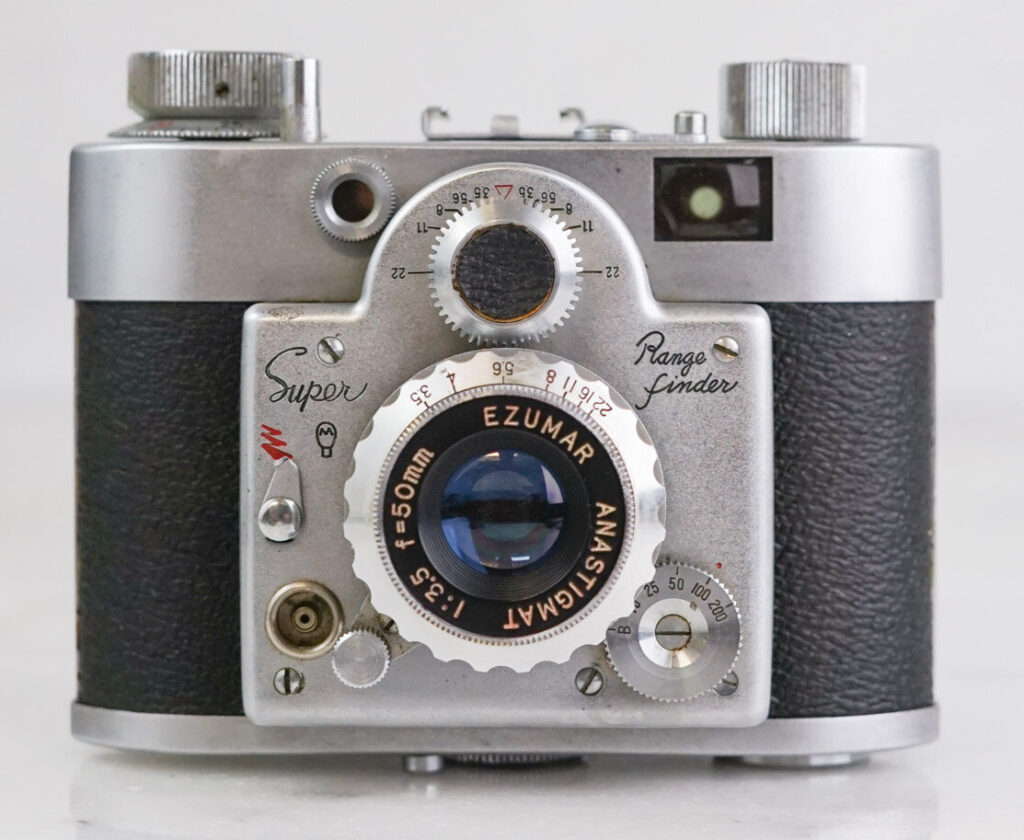
In Use
So what’s shooting the Samoca Super 28XLM like? Delightful! It’s a satisfyingly dense little brick. All the moving parts feel good. The leaf shutter has a satisfying, quiet, muted click. The aperture ring is stepless, but there’s enough resistance so that it stays where you set it. The focus has nice resistance too, smooth and consistent from zero to infinity. It’s put together with the tight tolerances of “nicer” cameras, minimal wobble, and very nice machining – particularly that aluminum aperture ring. It will never be the first choice of a Magnum photographer, but maybe what a Magnum photographer would buy his nephew as his first “real” camera.
The viewfinder is about the size of an aspirin and a bit squinty, but after almost 70 years, the pink, circular rangefinder patch still has good contrast. Next to the viewfinder is the F←→L switch that looks something like a Devo helmet. I guess “F” is for fire? “L” locks the shutter button so it can’t be accidentally pressed.
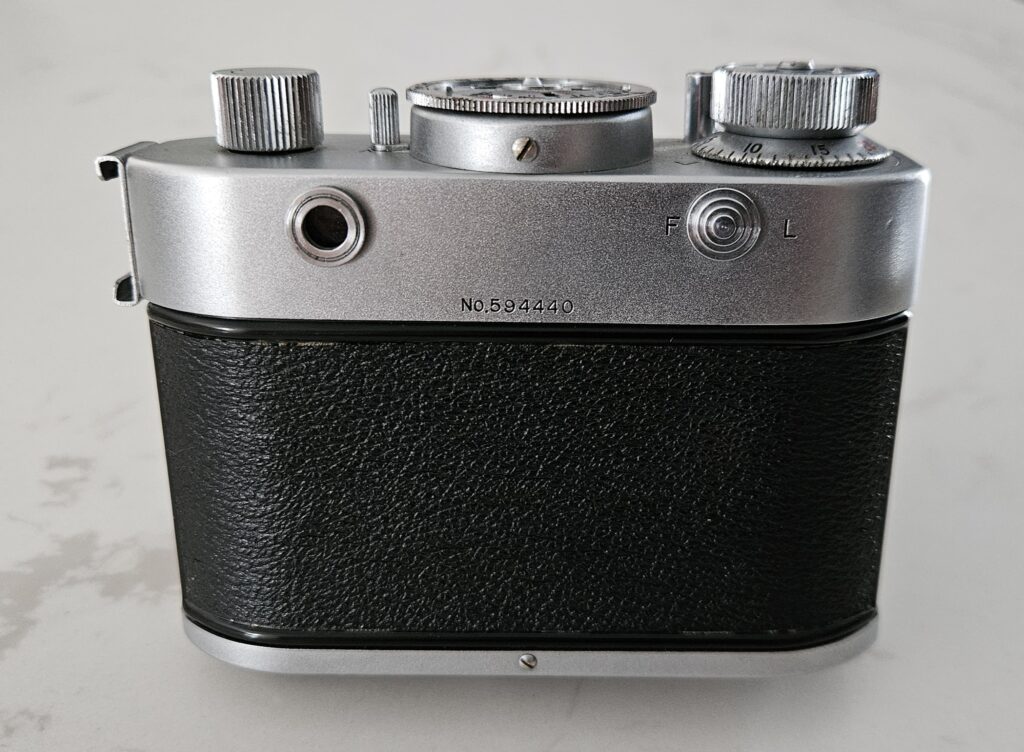
The Samoca Super 28XLM shutter speeds are quite limited. There are five and they max out at only 1/200 on an inconveniently placed little dial. You’re unlikely to get any crisp shots of anyone if they so much as skip; but maybe such shots would come out interesting in their own way. On the other side of the lens is a PC socket for flash and a very nicely stylized little switch that allows the user to choose between (I guess?) the oldskool magnesium flash bulbs or electronic flashes. For me, this just adds further charming aesthetics to the camera, as I don’t ever shoot with a flash and certainly have no plans to start with this one.
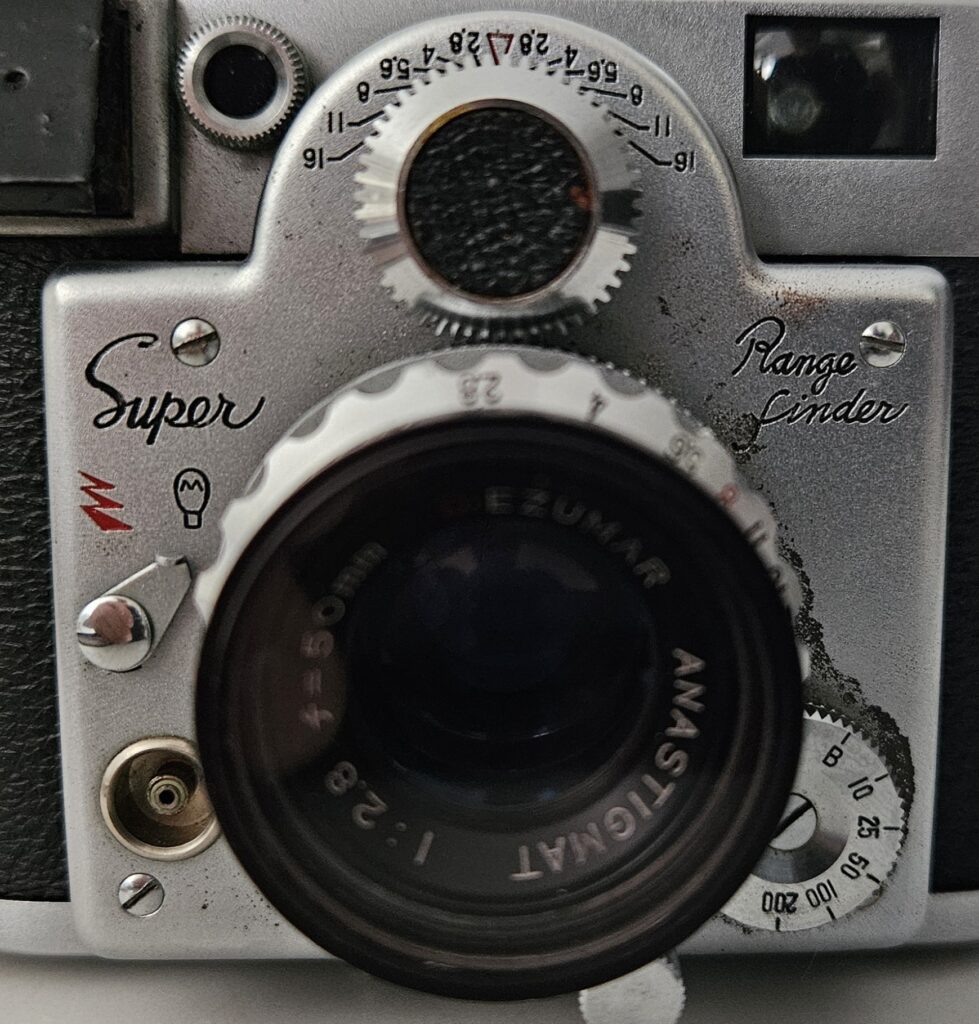 The depth of field scale is separate but mechanically coupled to the rotation of the focus barrel below it. I’ve never seen a mechanism like this on any other camera and it’s the dominant stylistic feature of this model. I can’t say that it’s particularly easy to use – but it does look cool. Definitely an unnecessary bit of clutter that I can appreciate!
The depth of field scale is separate but mechanically coupled to the rotation of the focus barrel below it. I’ve never seen a mechanism like this on any other camera and it’s the dominant stylistic feature of this model. I can’t say that it’s particularly easy to use – but it does look cool. Definitely an unnecessary bit of clutter that I can appreciate!
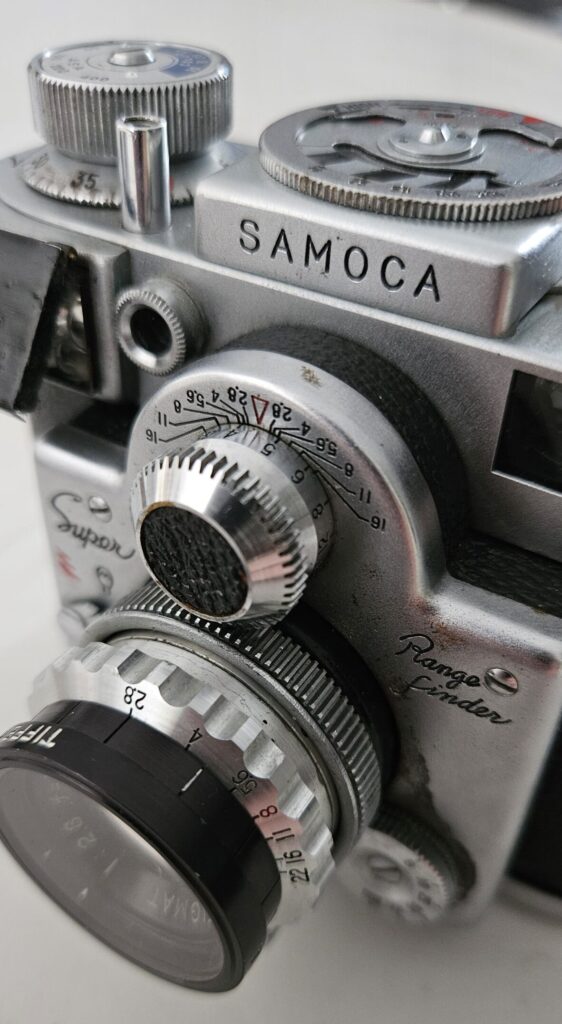
The maximum aperture of 2.8 gets you a relatively shallow depth of field, but your subject ought to be pretty big, because, from my very unscientific measurements, the minimum focusing distance is almost a meter. If you focus on something too small while wide open, it has the effect of making your whole photo seem blurry.
The resistance of the film advance has a curious inconsistency. The first 25% of the advance feels easy, the following 50% requires a little more force, and the last 25% is easy again.
The Samoca Super 28XLM top plate features a switch that shows R ←→ A. It should be in the A position to advance the film and the R position to release and rewind it – or to make a double-exposure shot if you’re feeling experimental. Speaking of rewinding, the 28XLM has one of those knurled knobs – and a particularly small one – so when you’ve finished your roll, find a comfortable couch, start a documentary you’ve been meaning to watch and twist, twist, twist, twist, twist until you feel that film pop off the take-up spool.
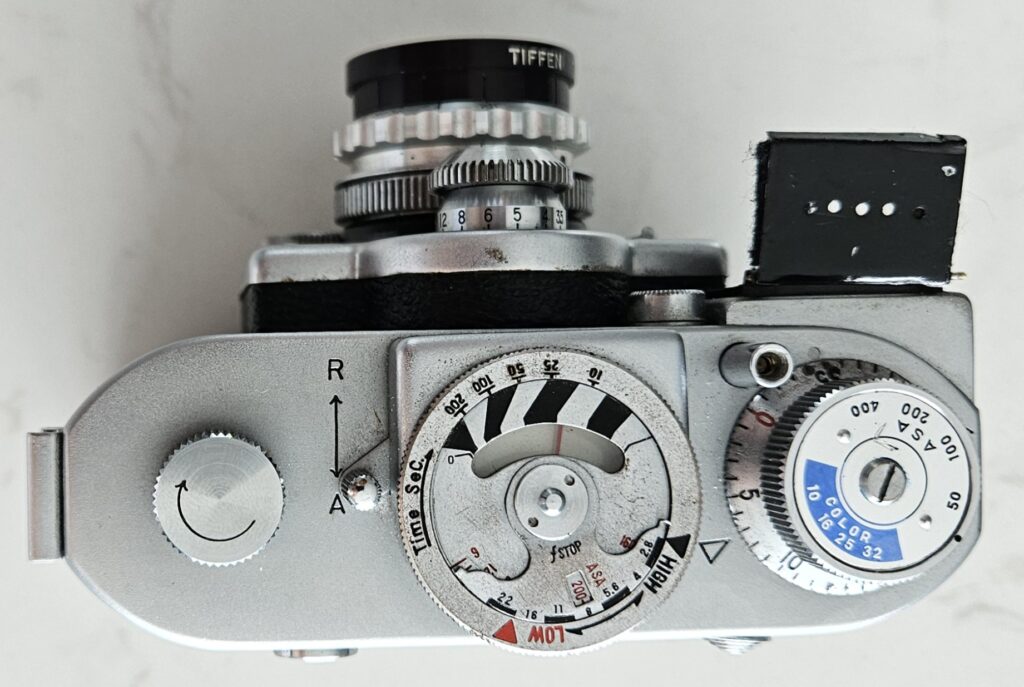
The bottom plate has a dial that locks the back onto the camera and a little metal nub, whose only function appears to be to act as a foot to keep the camera upright and stable – but it doesn’t do a very good job at either of those things. Off to the side is a standard sized tripod socket, which I use to thread my camera strap into.
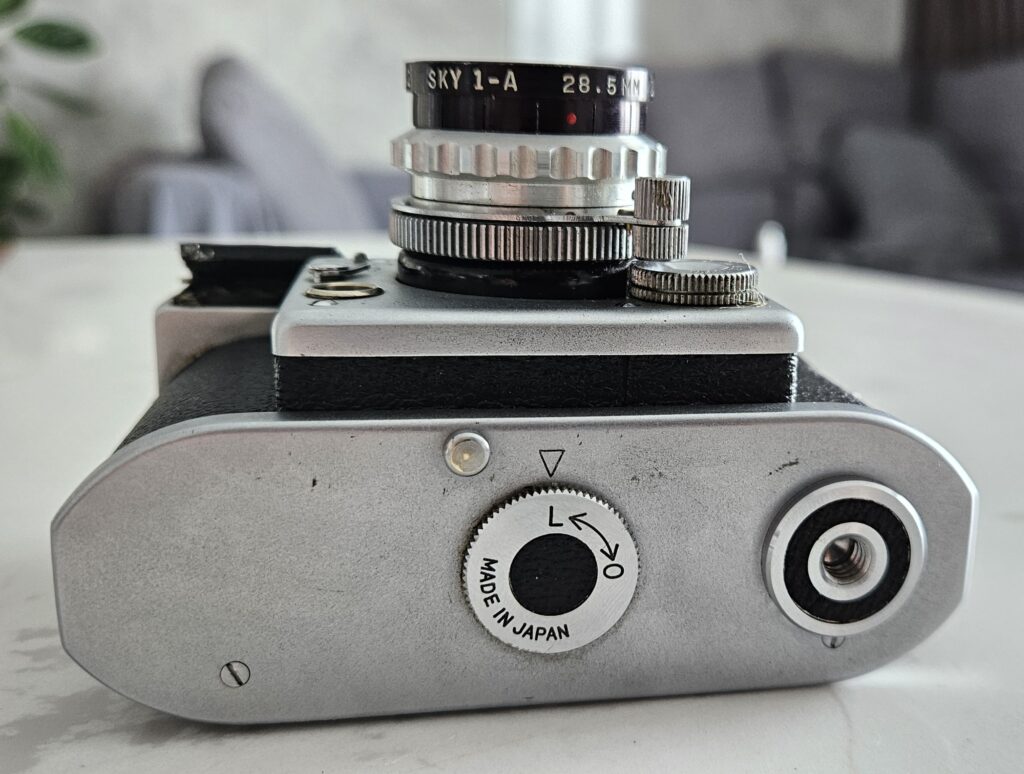
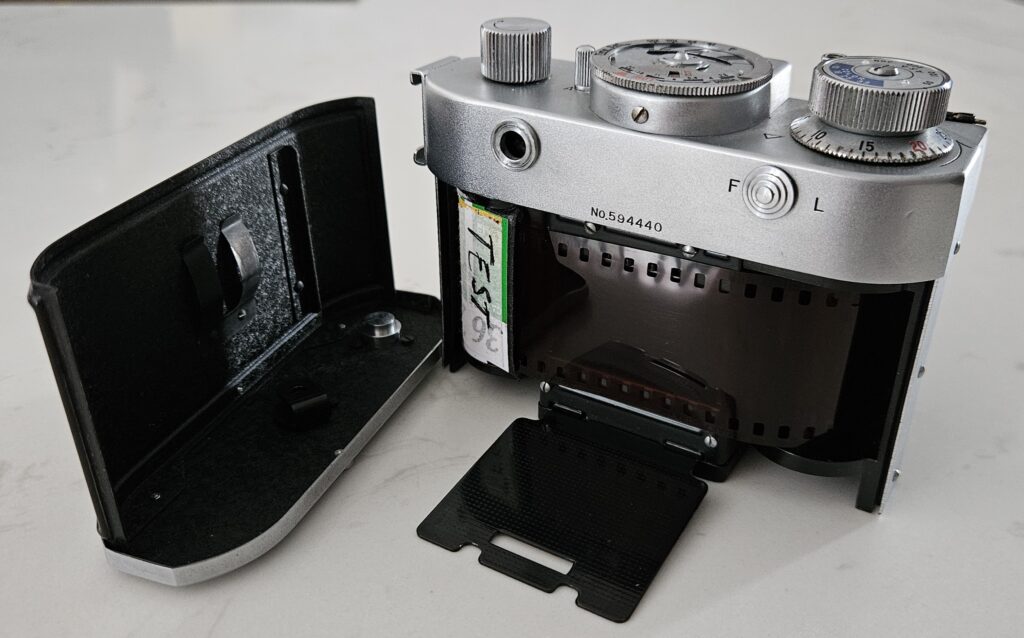
The Results
I shot two rolls through the 28XLM. There were a higher ratio of blurry to clear shots than I expected. Hard to pin down the reason why – not the least of which was my film choice. For a what was supposed to be a camera review, it would’ve been ideal to use fresh, high-quality film – but I didn’t know if the camera even worked, so shot what I had: a 20+ year old roll of Tri-X and a color roll of Tudor 100 XLX. I have no idea where I got the Tri-X. It was ages ago and probably got free – but I’d like to give a shout to Sadoo out in Iran for the Tudor, though. Who knows how expired it was, where or how it was stored, but it was kindly gifted to my man, Ali MC during his dusty misadventures there, then traveled to Australia and finally ended up in my Samoca here in Vietnam, after Ali gifted it to me to take silly shots like this. When you’re using a small, old camera by an unremarkable brand that has not been CLA’d, you’ve already got one strike against you. Add very expired film of unknown provenance, your own possible mistakes, and the possibly shoddy work of a lab into the mix and you’ve got so many variables conspiring against you that you don’t know who to shake your fist at. At the end of the day – who cares? The collective I shoot with – Los Expiralos – has a motto: “Shut up and shoot yer shit”. “Shit” can refer to a shit camera, shit film, a shit lab, or even you – a shit photographer. All that matters is that you’re out there, engaging with your environment and doing the damn thing.
Here are some of the black & white ones that did come out and I thought they were surprisingly sharp indeed! The color ones weren’t as crisp, but still pleasing. The bokeh is nothing to write home about – but I do appreciate that extra 2.8 stop that other models don’t have. Sometimes this might make the difference between having a reasonable chance of a good shot or not.
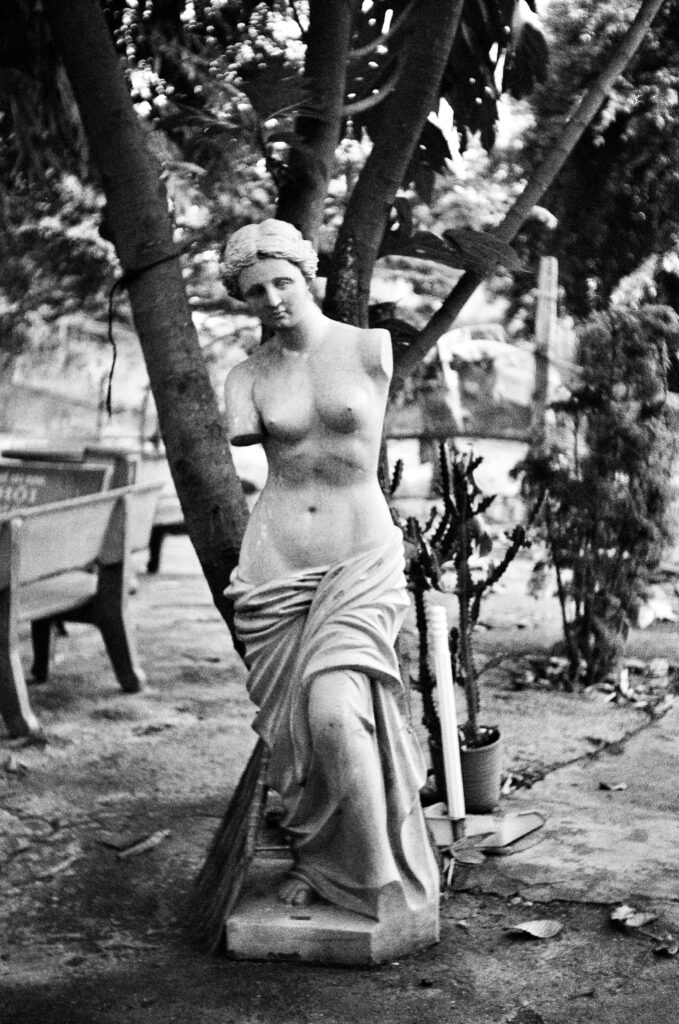
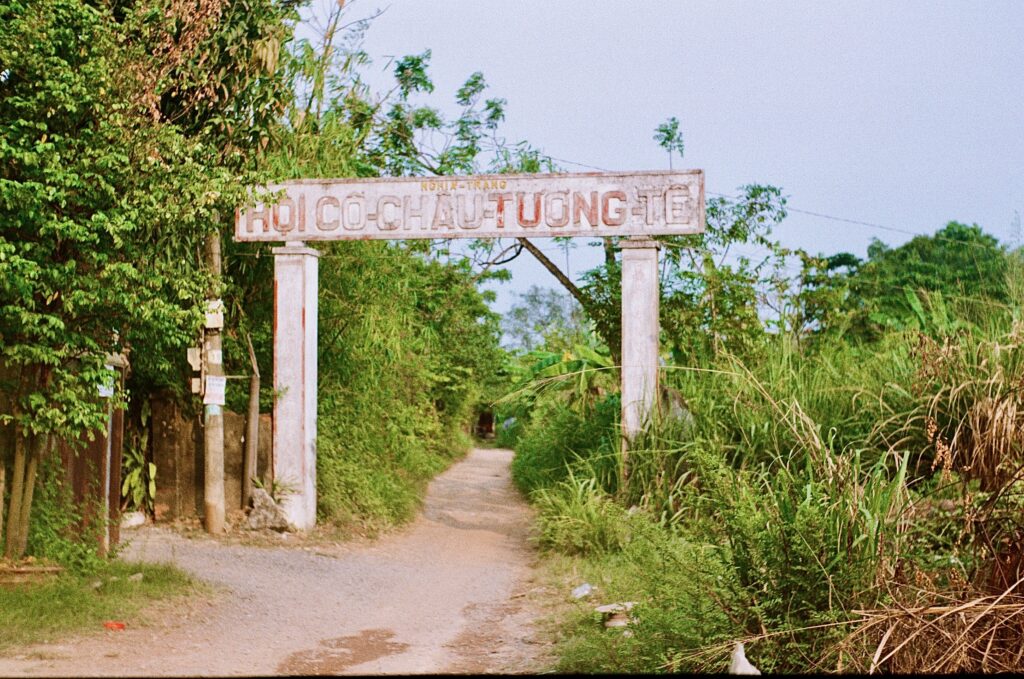
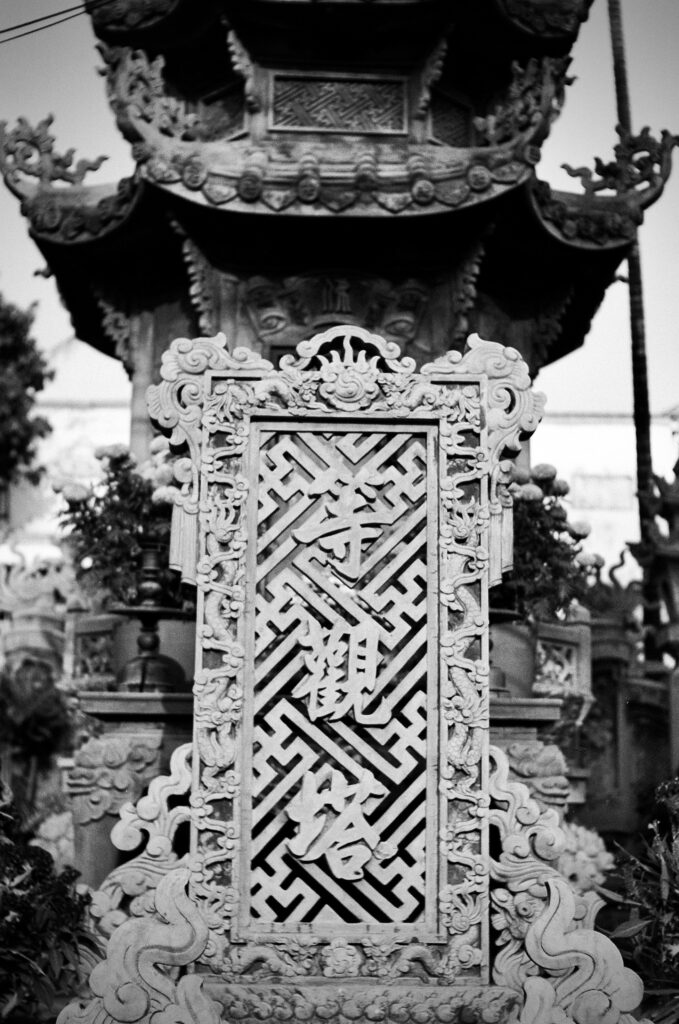
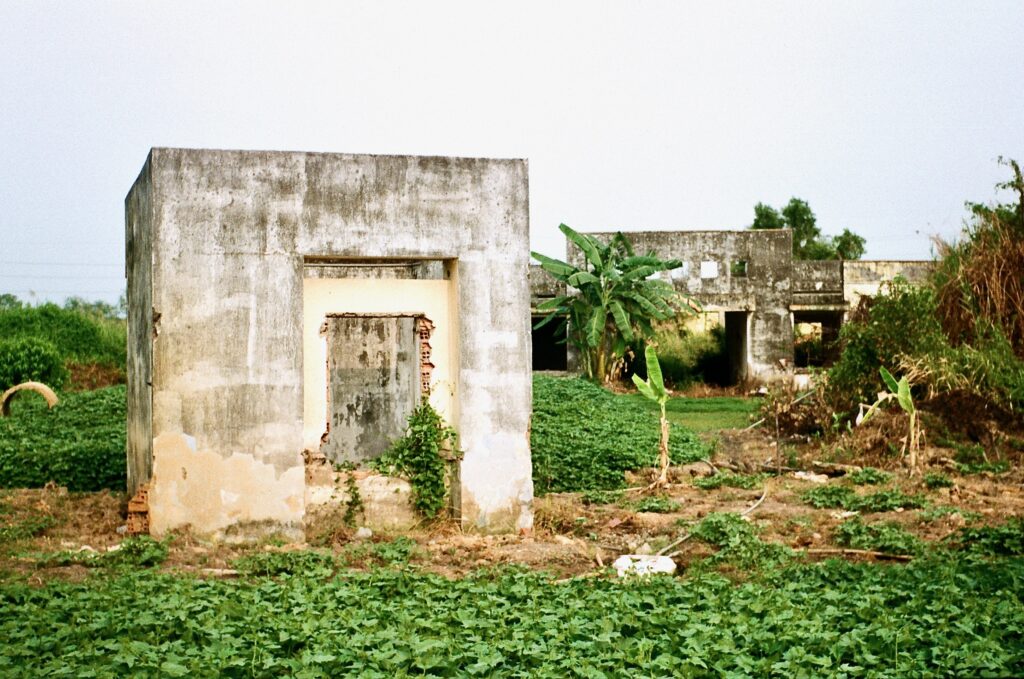
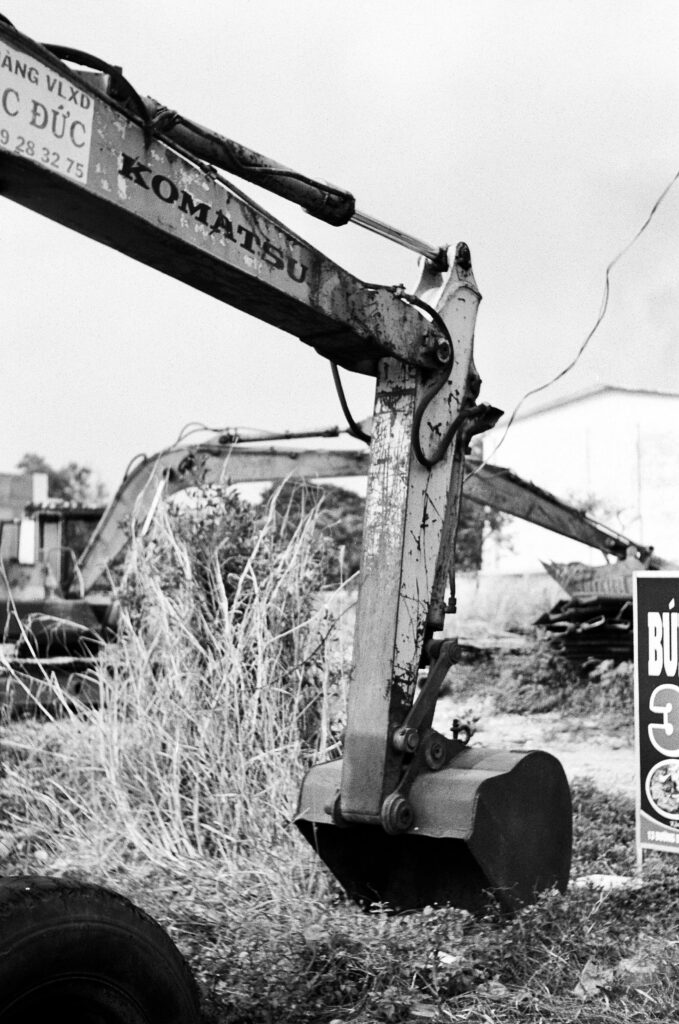

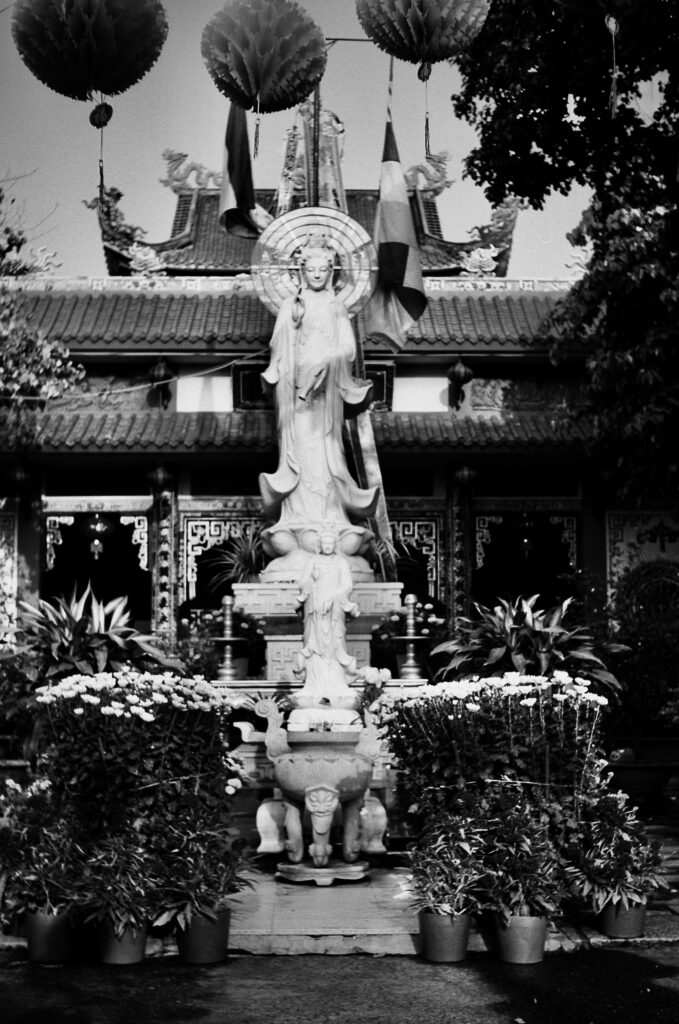

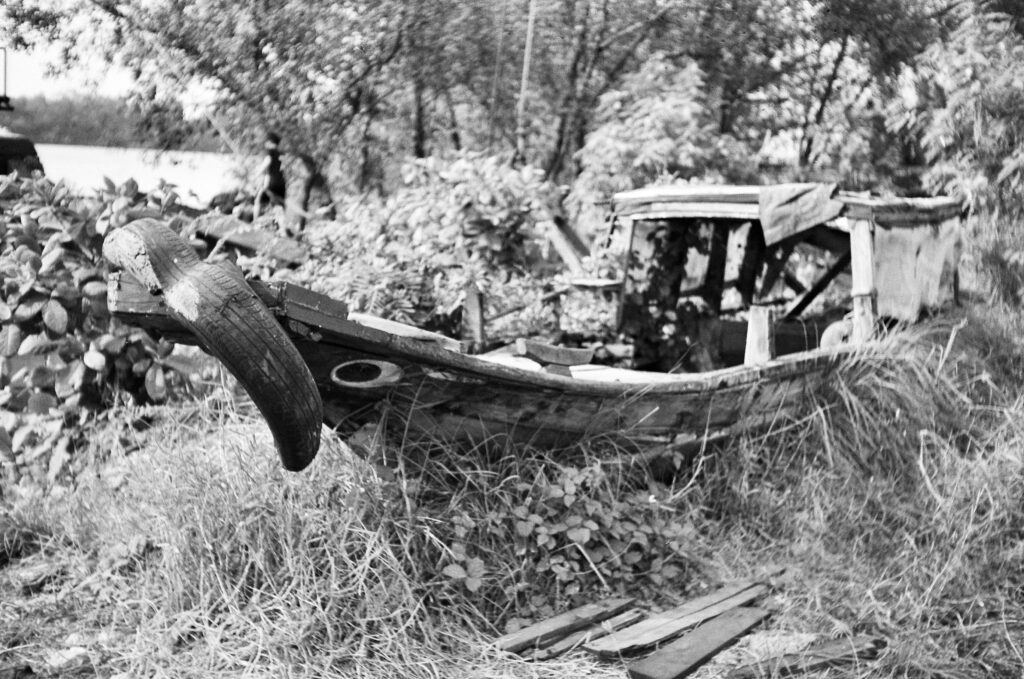
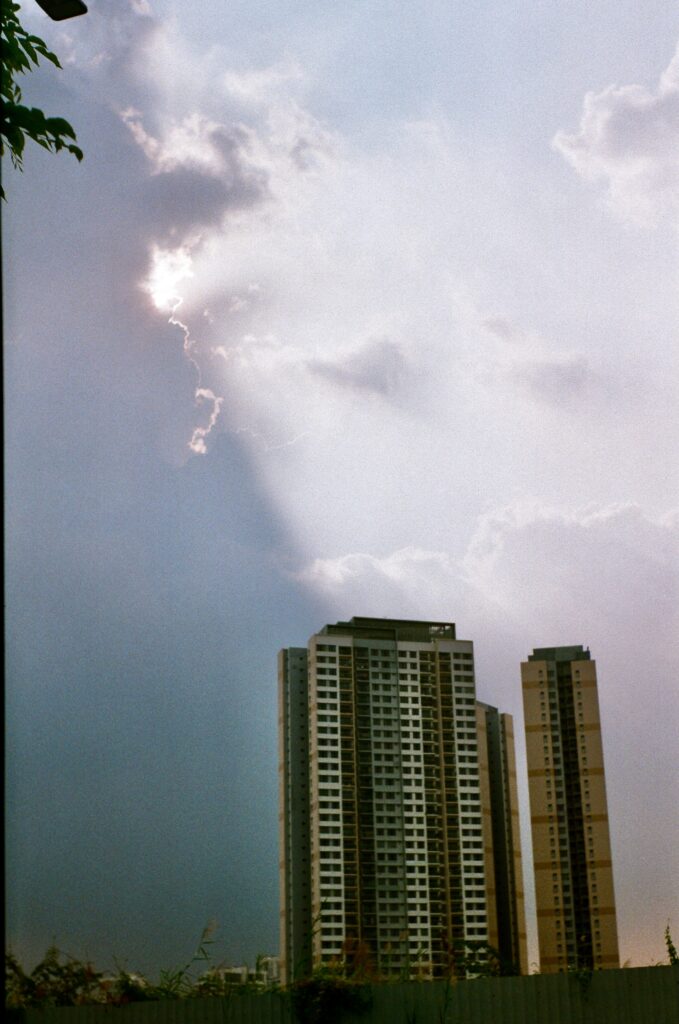
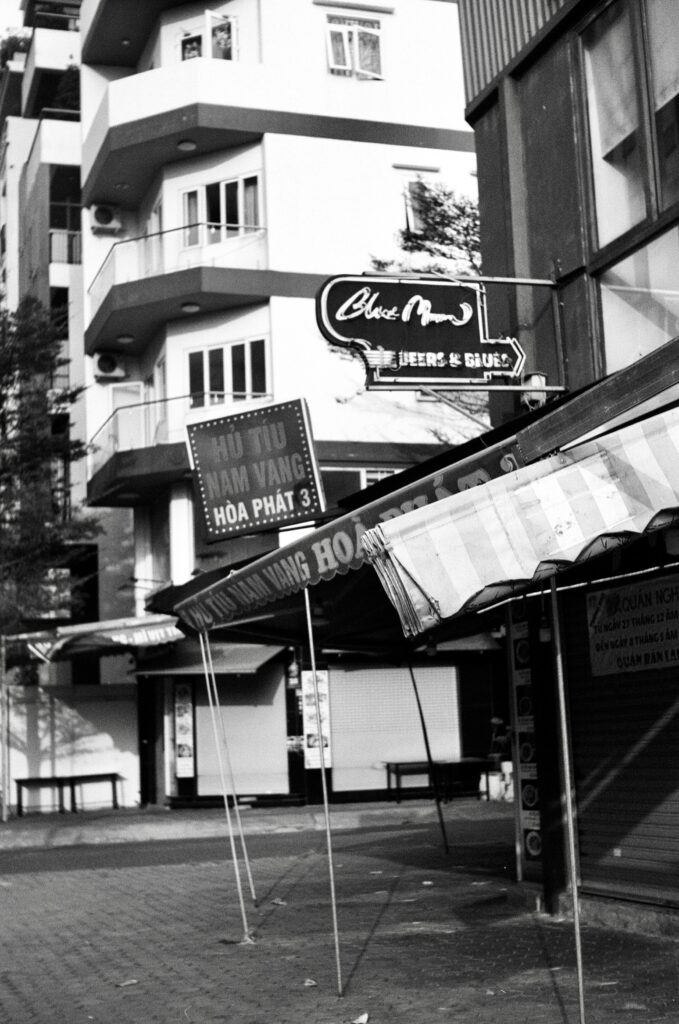
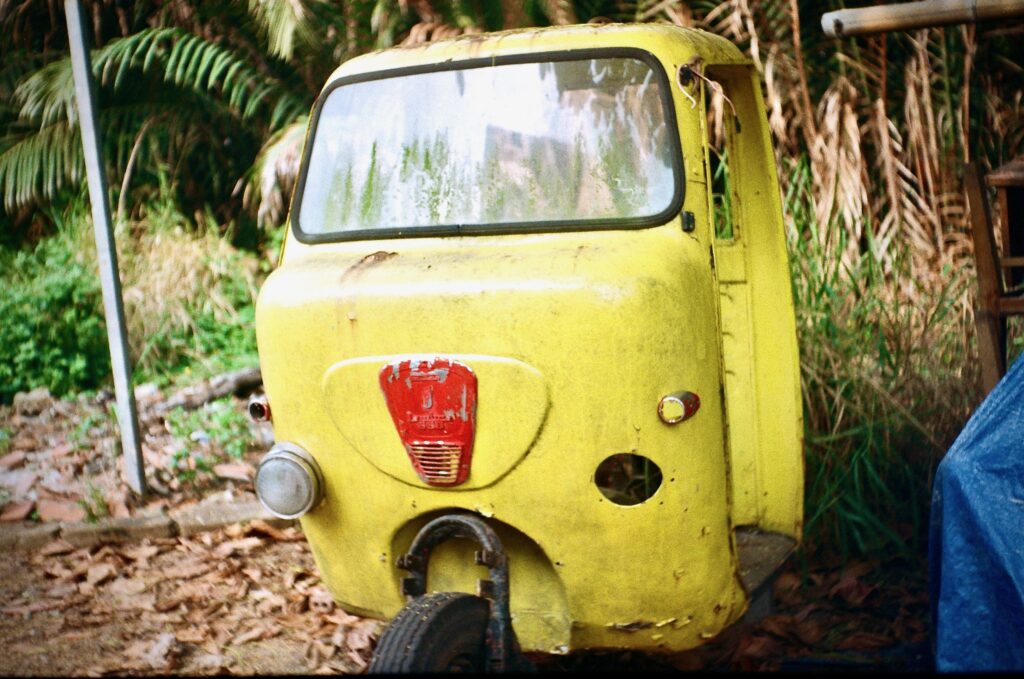
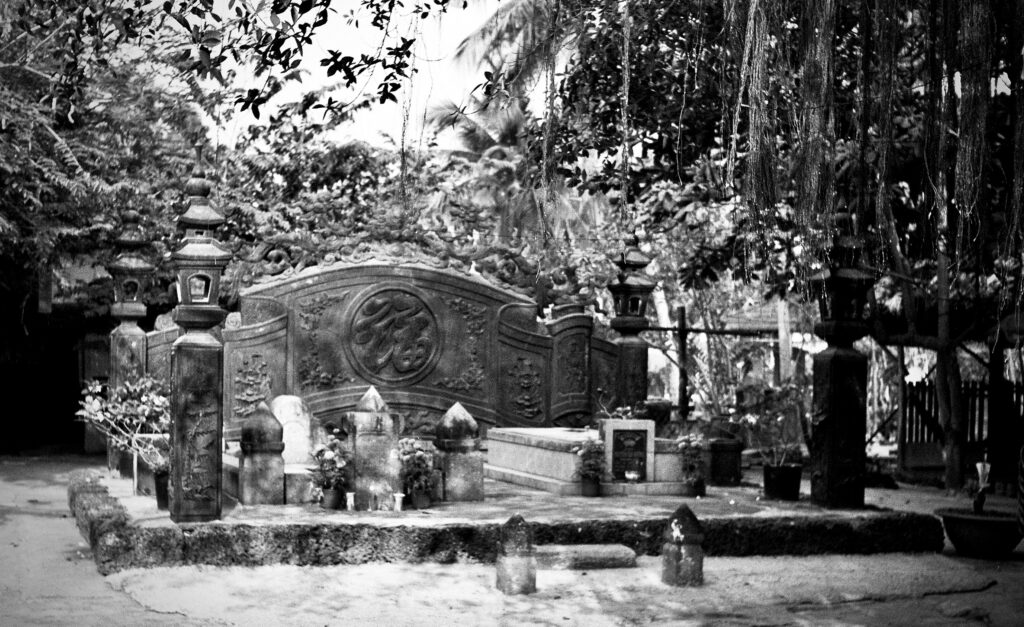
Final thoughts
I really just bought the Samoca Super 28XLM for its atomic age novelty and quirkiness – it filled some kind of imagined hole in my little collection. It was fun to shoot and, while these first two rolls didn’t blow me away, it did prove that the camera was basically functional. I think fresher, higher-quality film and shooting with a cable release to keep the camera steady while firing will result in sharper, more impressive results. Cute though it may be, and though a Rollei it’s not, I think it’s a mistake to consider the Samoca 28XLM a toy. If you find one in good shape somewhere, get it! It’s a fun, unobtrusive, respectable little model to bring along on a city walkabout or a hike.
Share this post:
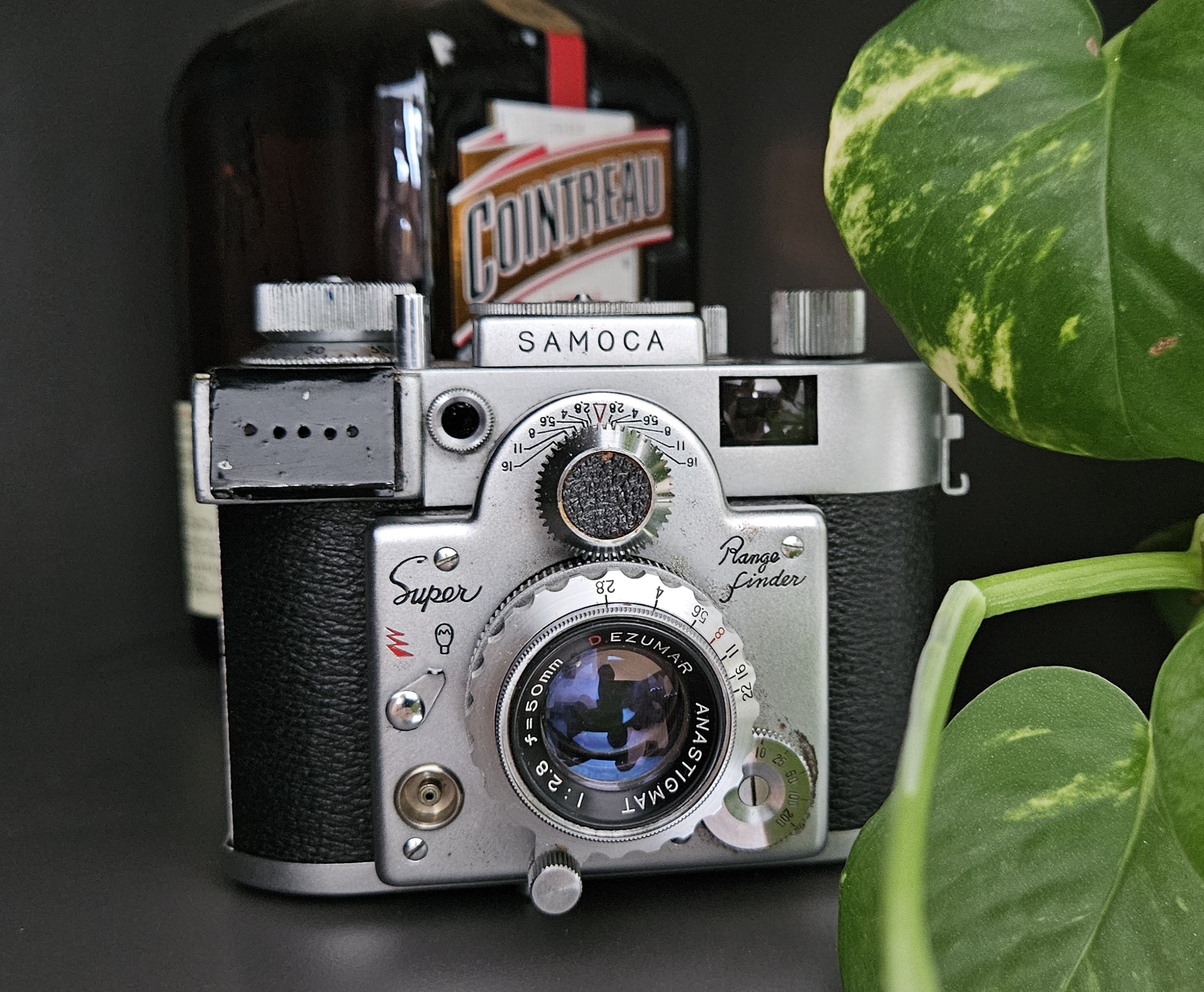


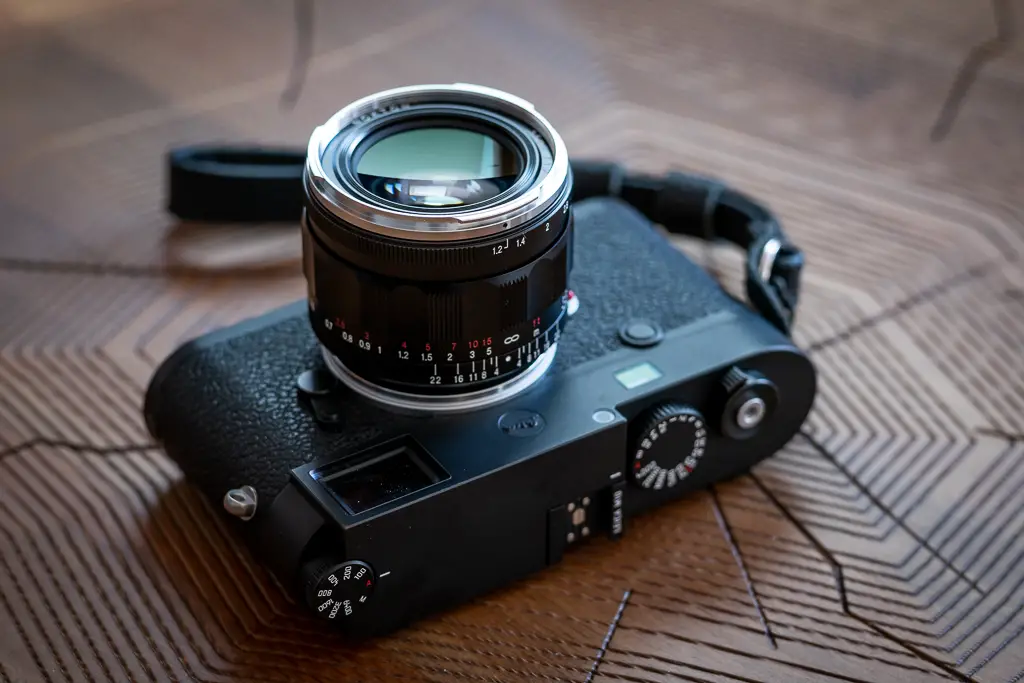
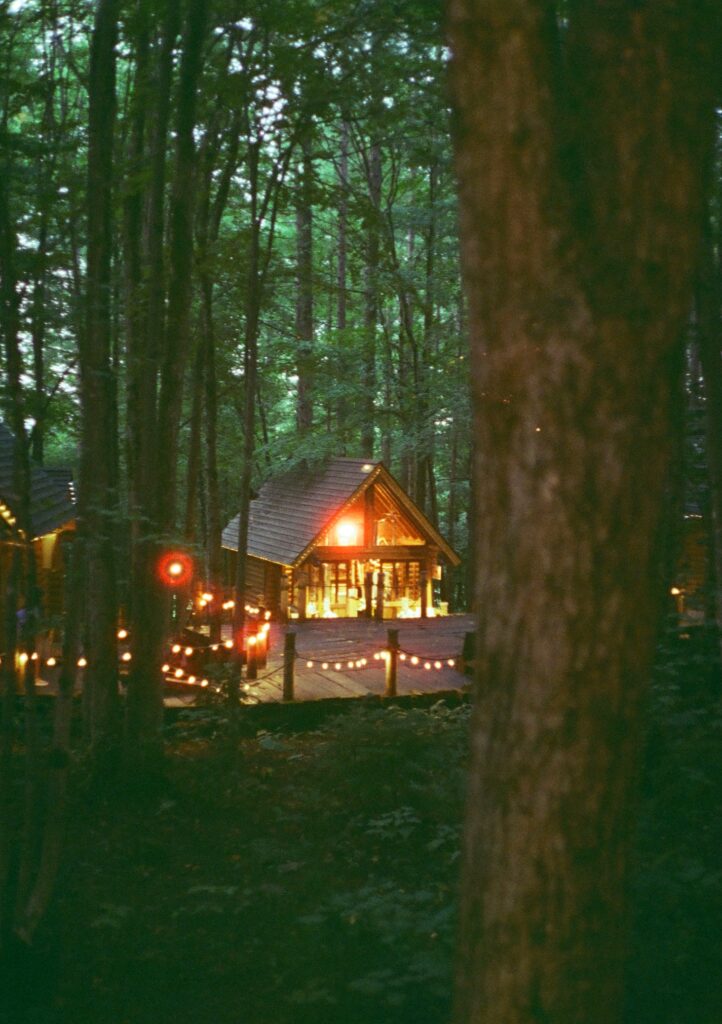

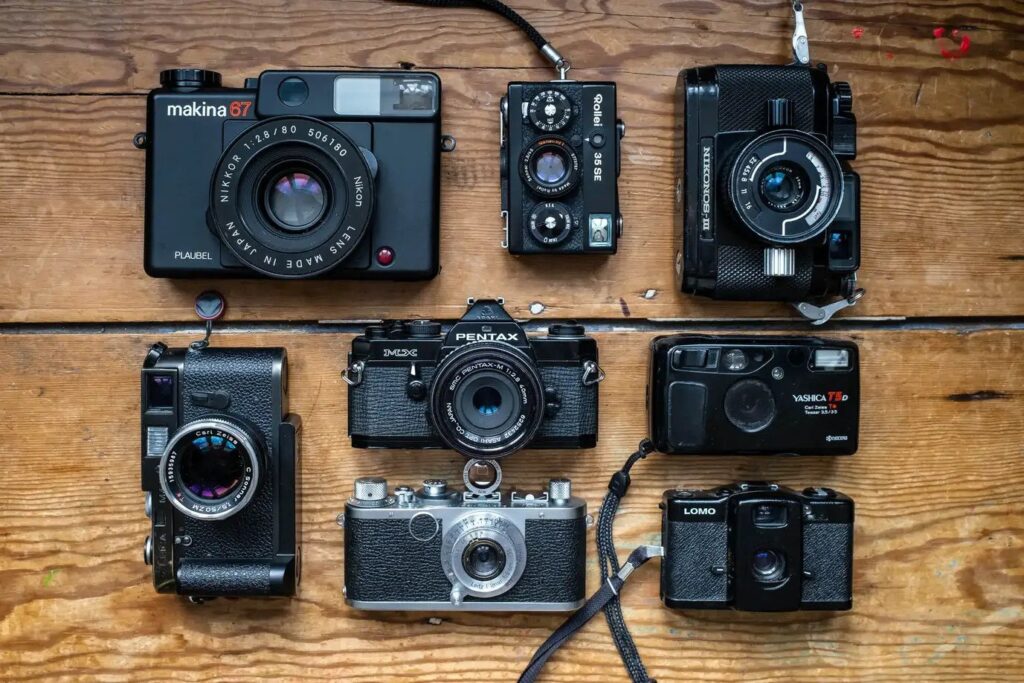
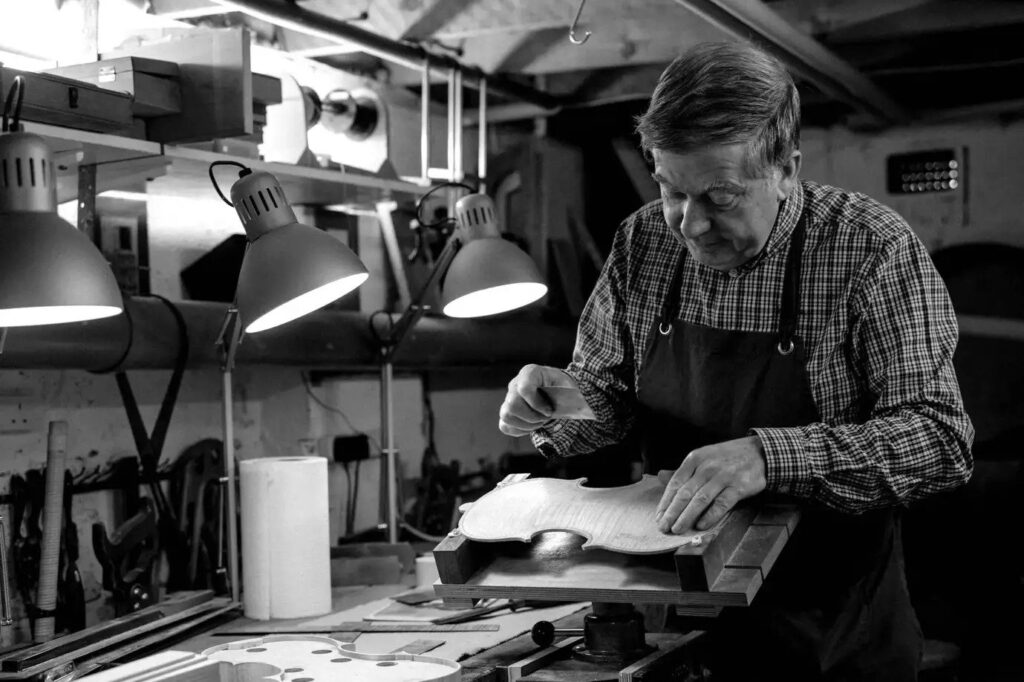
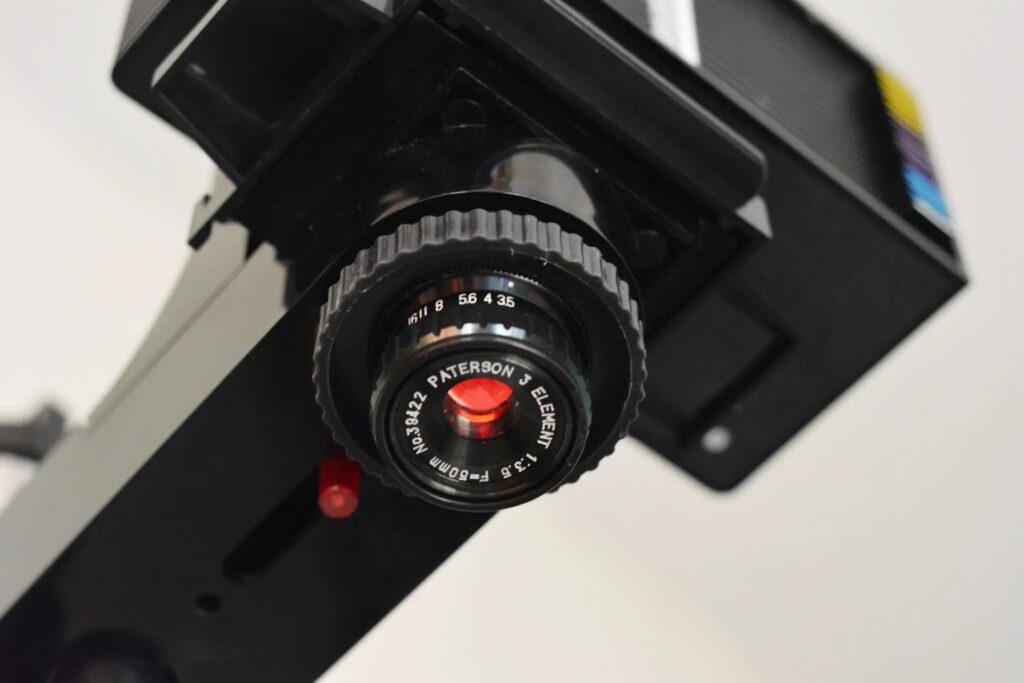
Comments
Nicholas Johnson on Samoca Super 28XLM Review – A Fantastic Littler Rangefinder
Comment posted: 14/04/2025
Comment posted: 14/04/2025
Louis A Sousa on Samoca Super 28XLM Review – A Fantastic Littler Rangefinder
Comment posted: 14/04/2025
Comment posted: 14/04/2025
Alexander Seidler on Samoca Super 28XLM Review – A Fantastic Littler Rangefinder
Comment posted: 15/04/2025
Comment posted: 15/04/2025
Simon Foale on Samoca Super 28XLM Review – A Fantastic Littler Rangefinder
Comment posted: 15/04/2025
Comment posted: 15/04/2025